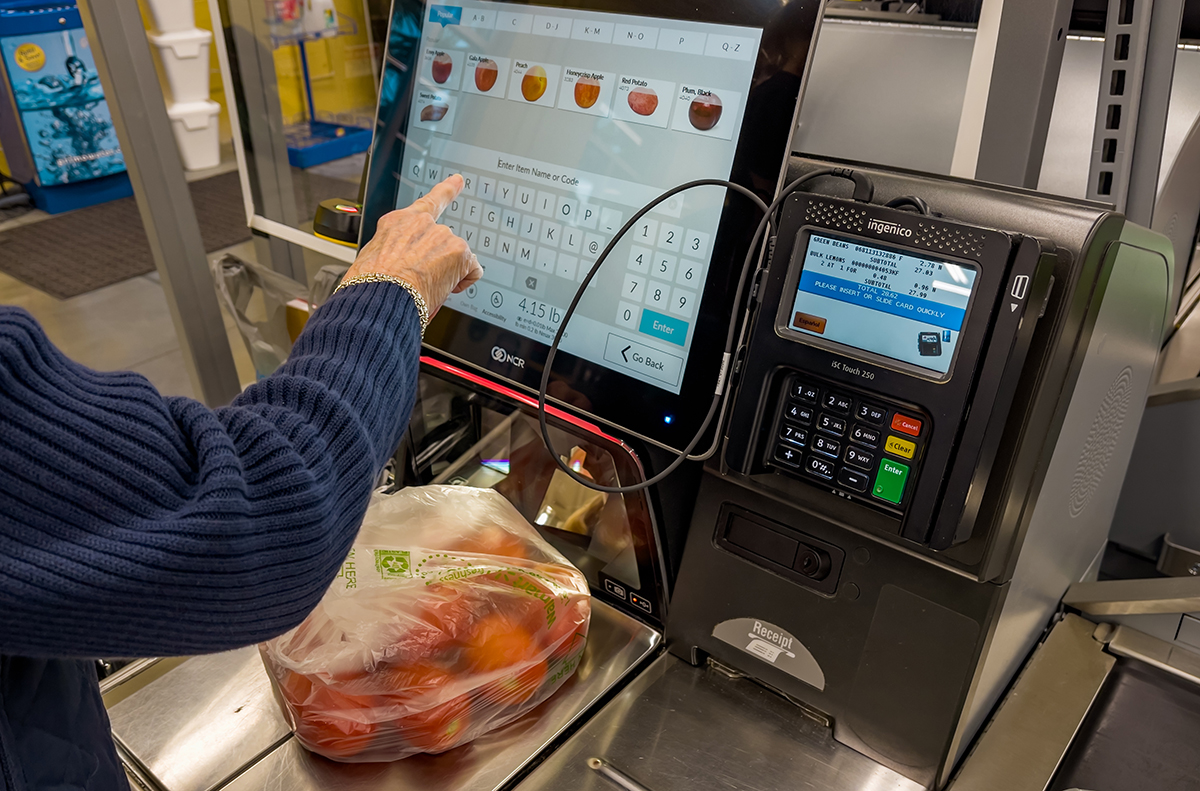By: Rhett Asher, Vice President, Asset Protection, Data Security & Crisis Management, Food Marketing Institute

Another year. Another National Retail Security Survey (NRSS). So what? What is the significance of this survey? Does the information within affect the outcome of your company’s shrink results? What is the importance of knowing how other retailers view their shrink results? Does this survey help those of us in the food retail industry attack shrink with a better outcome than had this survey never had been conducted?
In an effort to simultaneously answer all of these questions without seeming elusive, the answer is: it depends.
I took the liberty of asking several Asset Protection leaders from various retail segments how they use the information contained within the NRSS and surprisingly, I received the same response with little variation. “I use it to gage how our program fares with those of other retailers.” Is this a good answer? Is this the right answer? Again, it depends. The NRSS has a wealth of information contained within its bindings and if one chooses to use it to answer specific questions about specific curiosities, then that is their choice. However, I believe there is additional valuable information hidden in this report and I would be remiss if I didn’t challenge you to think differently.
We are all in the Asset Protection field to reduce losses for our employer. Inventory shrink, when successfully reduced, is a main area in which bottom line profits can be enhanced. None of us would be successful at our jobs if we didn’t aspire to improve prior year results, regardless of how well those prior year results may have been. Because of this fact, why would we ever limit ourselves to using the NRSS, or any other survey, solely to validate our respective program against other retailers? If we truly want to be the best we can be, then I submit to you that perhaps a better use of the information contained in the survey would be to specifically seek to learn what we are NOT doing well. The survey itself will not point this out, but with a little analysis on your part, the NRSS will come to life!
Allow me to demonstrate this point of view. Here are some key facts that pertain specifically to the Grocery/Supermarket sector:
According to the NRSS:
- The average shrink at retail in the grocery/supermarket sector is 3.23 percent (median 2.71 percent);
- Loss Prevention (LP) budgets average 0.36 percent of sales (far less than the other sectors measured in the survey);
- The grocery/supermarket sector experienced slightly lower average shrinkage by employee theft when compared to the industry average (27.5 percent vs. 34.5 percent);
- Grocery stores and supermarkets are more likely to use internet-based interactive or CD-ROM training in their LP Awareness program while other retail segments, such as department stores, include in-store LP committees.
Now, if I were to subscribe to the idea that the best way to view the NRSS is to gage how my program fares with those of other retailers then I might draw the following conclusion:
- “Since my shrink percent is less than the average for the grocery industry, I’m in good shape. In fact, I’ve accomplished these good results with an LP budget slightly less than the 0.36 percent industry average, and my employee theft cases have remained flat over prior year. My LP Awareness program consists of internet-based interactive training just like the majority of the other grocers surveyed. Our program is successful.”
But if I employ our think differently strategy, my conclusion might look more like this:
- “Although my shrink percent is less than the average, I am concerned that my employee theft cases stayed flat while other grocers experienced a slight decrease. I need to explore our employee theft prevention tactics to see where we are falling short.
I also noticed that the majority of grocers surveyed use internet-based interactive or CD-ROM training, just like I do. However, I need to research why the majority of the Department Stores surveyed have supplemented their LP Awareness programs with in-house LP committees. I believe a tool like this could add value to my current program.”
At first glance the difference between the conclusions above may seem minute, but I assure you the gap between these two schools of thought is wider than the Grand Canyon. And I am sure, many of you who live this every day, will undoubtedly find other ways to challenge yourself with this survey.
The Asset Protection professional who is willing to consistently look for flaws in his or her own program, while looking for things other retailers are doing better, is always going to come out on top. Complacency is like a cancer to culture and one of the ways to avoid succumbing to it is by not only reading reports like the National Retail Security Survey, but analyzing the information throughout and looking for ideas to improve your own program, regardless of what retail sector to which the information pertains. If we want to win at our jobs each and every day, we simply must think differently!


 Industry Topics address your specific area of expertise with resources, reports, events and more.
Industry Topics address your specific area of expertise with resources, reports, events and more.
 Our Research covers consumer behavior and retail operation benchmarks so you can make informed business decisions.
Our Research covers consumer behavior and retail operation benchmarks so you can make informed business decisions.
 Events and Education including online and in-person help you advance your food retail career.
Events and Education including online and in-person help you advance your food retail career.
 Food Safety training, resources and guidance that help you create a company food safety culture.
Food Safety training, resources and guidance that help you create a company food safety culture.
 Government Affairs work — federal and state — on the latest food industry policy, regulatory and legislative issues.
Government Affairs work — federal and state — on the latest food industry policy, regulatory and legislative issues.
 Get Involved. From industry awards to newsletters and committees, these resources help you take advantage of your membership.
Get Involved. From industry awards to newsletters and committees, these resources help you take advantage of your membership.
 Best practices, guidance documents, infographics, signage and more for the food industry on the COVID-19 pandemic.
Best practices, guidance documents, infographics, signage and more for the food industry on the COVID-19 pandemic.
